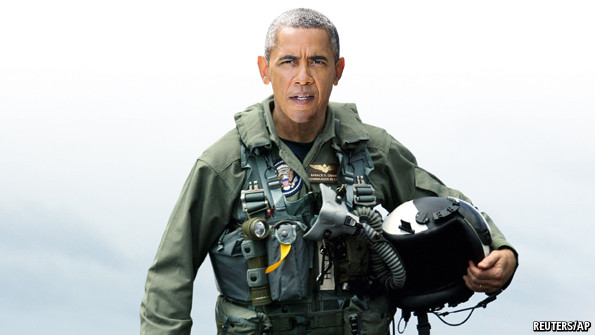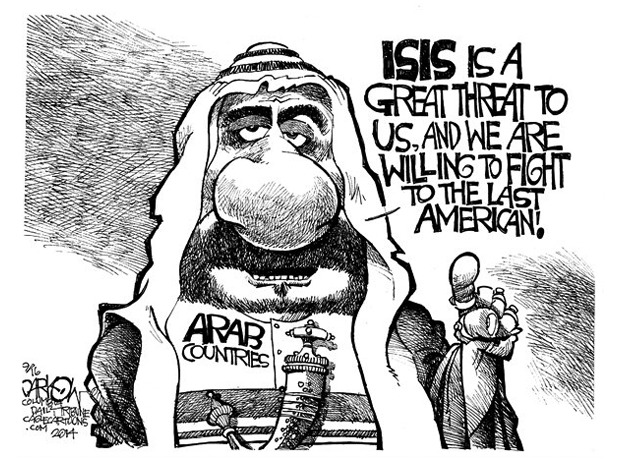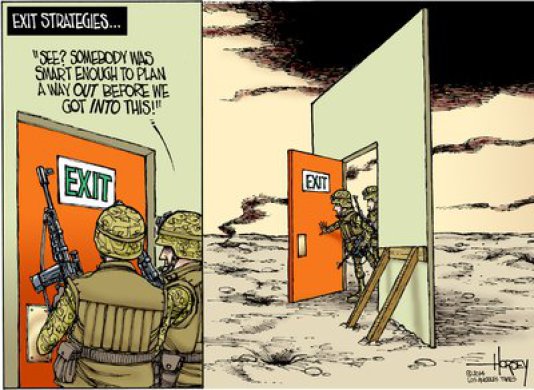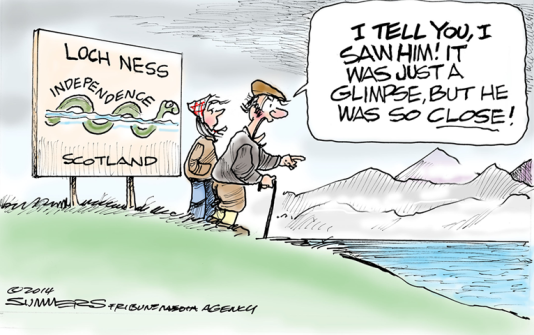Over the weekend, The WaPo reported about an attack on the White House that happened in 2011. The story was reported back then, but without clearly describing how the event was completely botched by the Secret Service. This is from the article:
A bullet smashed a window on the second floor, just steps from the first family’s formal living room. Another lodged in a window frame, and more pinged off the roof, sending bits of wood and concrete to the ground. At least seven bullets struck the upstairs residence of the White House.
Here is a representational photo of where the bullets struck the WH:
The story of how the Secret Service reacted to the attack on Nov. 11th, 2011 is hard to believe. The actions of the Secret Service in the minutes, hours and days that followed the 2011 shooting were largely dysfunctional. Consider these points:
• It took the Secret Service four days to realize a shooting had occurred
• Officers who were on the scene and who thought gunfire had probably hit the house that night were largely ignored, and some were afraid to dispute their bosses’ conclusions
• Nobody conducted more than a cursory inspection of the White House for evidence or damage
• Key witnesses were not interviewed until after bullets were found in the walls
On the night of the attack, President Obama and his wife were in San Diego, but their younger daughter, Sasha, and Michelle Obama’s mother were in the WH, while older daughter Malia was expected back any moment. WaPo reports that with the first couple gone, the Secret Service had slipped into a “casual Friday” mode. An undercover agent in charge of monitoring the White House perimeter for suspicious activity had left with a more junior officer to fill up his service car at a gas station about a mile away.
The shooter was Oscar R. Ortega-Hernandez. The 21 year old had left his Idaho home three weeks earlier, during a time his friends said he had been acting increasingly paranoid. He kept saying that President Obama “had to be stopped.” He arrived in Washington on Nov. 9th with 180 rounds of ammunition and a Romanian-made semiautomatic rifle, (similar to an AK-47) that he had purchased at an Idaho gun shop. Writings by Hernandez and testimony from those who knew him showed that he believed President Obama was the antichrist.
After firing the shots, Hernandez, who had parked his Honda in a no parking zone on Constitution Avenue, sped away, and crashed his car 7 blocks from the White House. He left the driver’s-side door open. In the driver console was the semiautomatic assault rifle, with nine shell casings on the floor and seat, but Hernandez was gone.
And the worst part is that the man who had shot at the White House had disappeared on foot, with the Secret Service still trying to piece together what had happened.
It would be days before Hernandez was connected to the gunshots fired at the White House.
Secret Service officers initially moved to respond. One stationed directly under the second-floor terrace where the bullets struck, drew her .357. Snipers on the roof, standing just 20 feet from where one bullet struck, scanned the South Lawn through their rifle scopes for signs of an attack. In 2011, there was little camera surveillance of the White House perimeter. From WaPo:
Then came an order that surprised some of the officers. “No shots have been fired. . . . Stand down,” a supervisor called over his radio. He said the noise was the backfire from a nearby construction vehicle.
But several agents seemed to know that was not true: A pair of agents said they could smell gunpowder, while another had heard debris fall from the Truman balcony. But they stayed quiet, apparently out of fear of angering their superiors.
It is tough to realize just how far the current-day performance of the Secret Service is from their image as a highly trained, highly professional force. This shooting demonstrates that this organization mostly viewed as an elite force of selfless patriots, willing to take a bullet for the good of the country, is not always up to its job.
Just this month, a man carrying a knife was able to jump the White House fence and sprint through the front door. There have been incidents in the recent past, including a 29-shot barrage aimed at President Clinton in 1994, and the February, 2001 White House shooting, when Robert Pickett shot in the general direction of President Bush’s office from outside the White House perimeter fence.
Then there was Lynette Fromme who waved a gun but didn’t actually shoot at President Ford, and Sara Jane Moore who fired, but missed him.
Hernandez was caught, and in September 2013, he plead guilty to one count of destruction of property and one count of discharging a firearm during a crime of violence. He was sentenced to a term of 25-years imprisonment.
The 2011 event indicates that the Secret Service had a failure of leadership. The agents outside the WH took appropriate action. The guy who gave the “stand down” order retired soon after, and started a security firm. The culture at the time would not allow agents to contradict the bosses. Some of the leadership, including the person at the top, has been changed, but the Secret Service must stay sharp.
There is always more work to be done.











